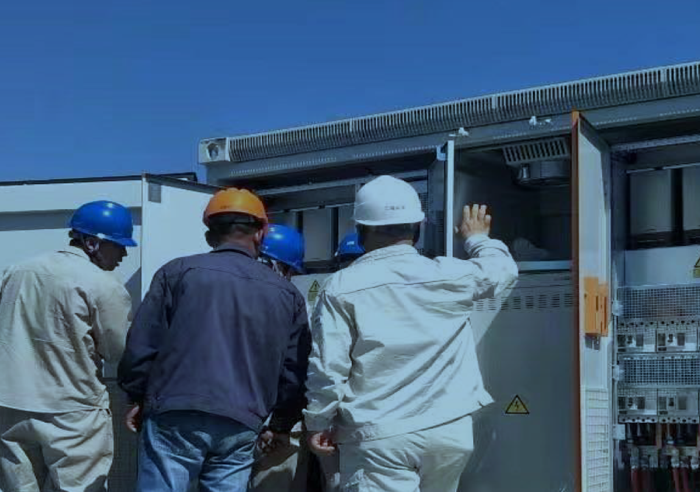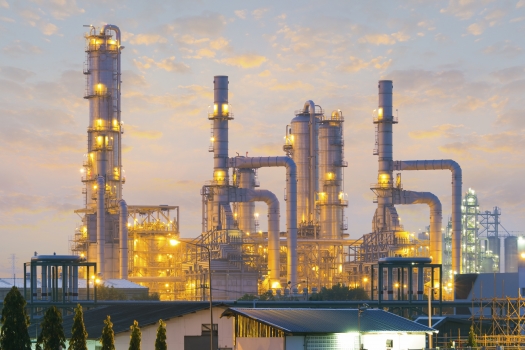
Methane Gas
Methane gas, when present in the correct yet dangerous concentration, can pose a significant danger, capable of causing massive explosions if ignited. This hazardous gas has been responsible for numerous fatal incidents across various industries, including mining, water, petrochemical plants and oil refineries. These facilities are deployed with more and more people increasingly working in simultaneously, 24/7 around the clock and thus underline the importance of reducing the safety risks in the process of construction and production operations.
Methane (CH4), a major component of natural gas, dominates its composition at approximately 97%, alongside traces of more complex hydrocarbons like ethane, propane, butane, and pentane. Produced through the anaerobic decomposition of organic matter beneath sedimentary layers, methane is commonly found in proximity to other fossil fuels, such as in coal mines. Beyond its simplicity as a hydrocarbon, methane serves various industrial purposes like power generation, transportation, and chemical manufacturing, alongside its well-known use as a consumer fuel source.
The highly flammable nature of methane is compounded by its lightness compared to air, leading to the potential for both explosions and asphyxiation in confined spaces. Furthermore, methane's contribution to the greenhouse effect should not be underestimated; despite its shorter atmospheric lifespan compared to carbon dioxide, its heat-absorption efficiency makes it a potent driver of climate change.
Given these risks, the importance of methane detection cannot be overstated. The evolution of detection methods has come a long way from relying on canaries as indicators of hazardous gas levels in confined spaces. Today's advanced technologies offer reliable, accurate, and efficient ways to monitor methane levels in various environments, whether open atmospheres or confined spaces.
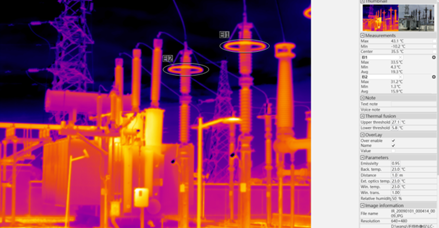
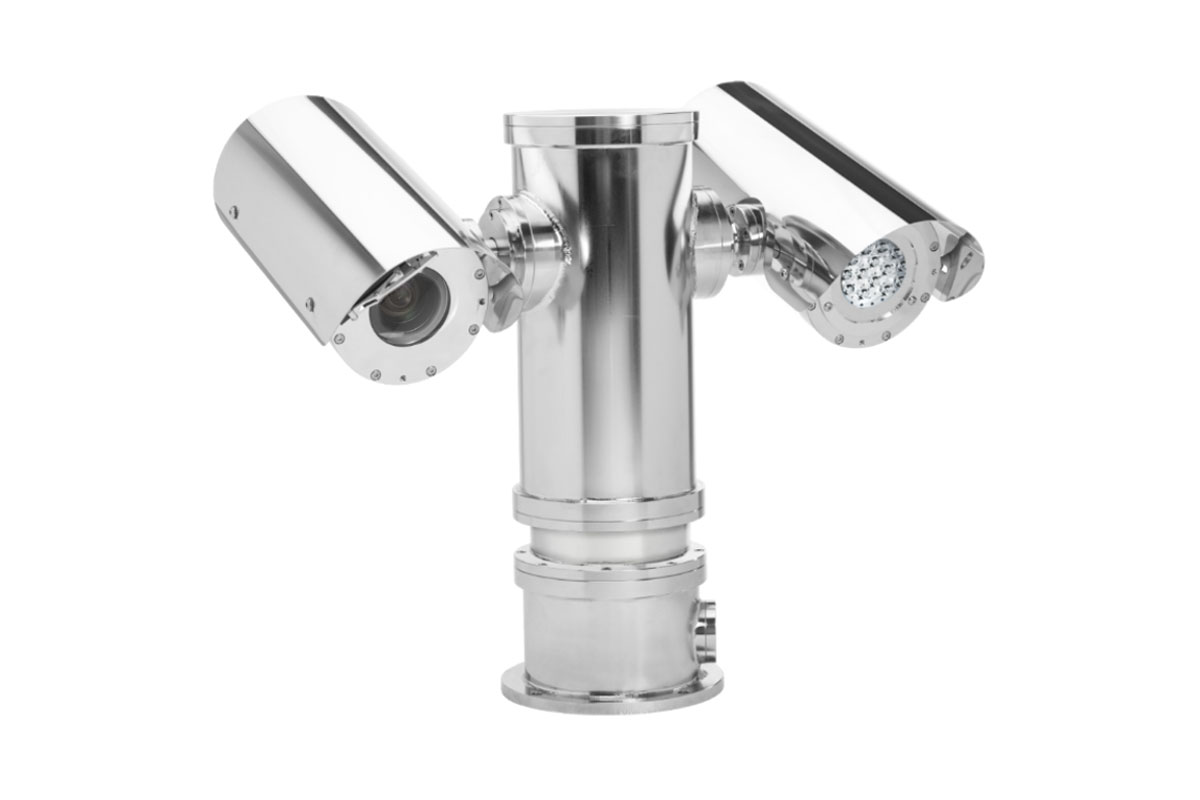
Our solutions are intended to perform a pivotal role in safeguarding lives, infrastructure, and the environment from the potential dangers associated with methane exposure with combination of installing explosion proof equipment that are approved for use in potentially hazardous atmospheres; Zone 1 and 2, group IIC meeting the stringent ATEX, IECEx and GOST-R standards.
What is Methane Gas?
Methane, characterized by its lack of color, taste, and odor, possesses the chemical formula CH4 and stands as the primary constituent of natural gas. Comprising one carbon atom and four hydrogen atoms, methane's structure is a simple yet significant arrangement.
Derived naturally through the process of methanogenesis, methane is present both beneath the earth's surface and in underwater deposits, often found in seabeds. This gas is frequently employed in chemical industries and holds utility in electricity generation as well.
Though methane itself is not toxic, its explosive nature raises concerns. The production of methane gas takes place organically in various sectors, including waste disposal, mining, oil and gas extraction, petrochemical manufacturing, and the energy industry.
Methane Gas Monitoring Options
1. Borehole Monitoring
Borehole Monitoring involves the measurement of methane gas concentrations in the headspace of boreholes. The relative amounts of carbon dioxide, oxygen, and methane present can indicate the degree of decomposition occurring. Detection of on-site methane emissions can be accomplished using portable handheld detectors or stationary detection systems. These systems offer real-time gas readings that can be logged and analyzed.
2. Flux-Box Monitoring
Flux-Box Monitoring is a technique used to detect methane gas emissions. This method focuses on identifying gas emissions through openings in the cover of a sealed landfill, allowing for the quantification of overall emission levels within the surveyed region. Landfill gas emissions are gauged using either static closed chamber or dynamic closed chamber flux-boxes. By assessing cap defects and specific gas emissions points, flux-box monitoring provides a reliable means of quantifying methane gas emissions, particularly for scenarios with low landfill gas fluxes.
3. Perimeter Monitoring
Perimeter Monitoring entails the continuous assessment of methane gas concentrations around the perimeter of a landfill site. Regulatory guidelines often set a limit of 10 parts per million (ppm) for ambient methane gas leaks and emissions from landfill sites. This monitoring approach helps ensure compliance with established regulations and standards regarding methane gas containment and environmental impact.
Methane Gas Application
Methane gas finds extensive applications in various industries, including the chemical sector, where it plays a role in petrochemical refinement. Moreover, methane serves as a fuel source, undergoing combustion in gas turbines and steam generators to generate electricity.
Methane constitutes the primary component of Liquefied Natural Gas (LNG) and Compressed Natural Gas (CNG), both vital in energy distribution. The gas is produced through the breakdown of biodegradable solid waste, as well as animal and human waste, making it a common presence in landfill sites and sewage treatment facilities.
Due to its high potency as a greenhouse gas and potential hazard, effective management of methane gas is imperative. This extends to not only controlling its production and storage but also promoting its reuse and recycling as a strategy to address global climate change.
Anthropogenic sources of methane gas primarily include agriculture, mining activities, landfills, and operations related to natural gas and oil extraction. Controlling emissions from these sources is essential for mitigating environmental impact.
Important Factors for Successful Methane Gas Detection
Gas detections typically measure concentrations in either % volume or PPM (parts per million). Flammable gases are usually measured in % volume, while toxic gases are measured in PPM. The Lower Explosive Limit (LEL) for methane is 5%, which means that concentrations below 5% are considered safe. Warning levels on gas detectors can be set anywhere from 0% to 100% of the LEL.
Our solutions are intended to perform a pivotal role in safeguarding lives, infrastructure, and the environment from the potential dangers associated with methane exposure with combination of installing explosion proof equipment that are approved for use in potentially hazardous atmospheres; Zone 1 and 2, group IIC meeting the stringent ATEX, IECEx and GOST-R standards.
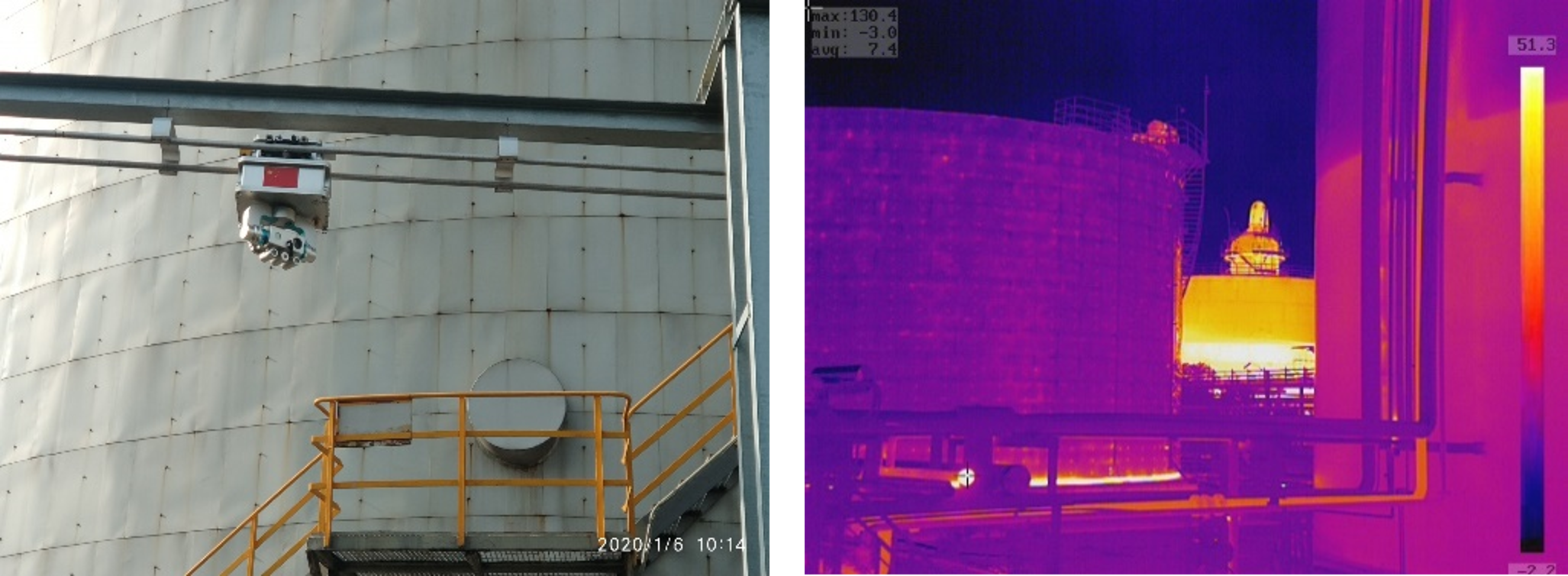
Infrared Detector
Infrared (IR) gas sensors are effective in detecting gases like methane that consist of multiple types of atoms. This is possible because these gases have the ability to absorb infrared radiation. Infrared gas detectors are composed of two main parts: an infrared source (transmitter) and an infrared detector (receiver).
When methane gas passes between the transmitter and receiver in an infrared gas detector, it absorbs the infrared radiation. This absorption weakens the intensity of the signal received by the detector. Different gases are identified by measuring the amount of absorbed infrared radiation at specific wavelengths, with the difference in absorption indicating the concentration of the gas in question.
Advancements in technology have made using infrared gas detection more accessible and less complicated, cumbersome, and expensive. Infrared equipment is particularly suitable for detecting gases that are corrosive and reactive.
One of the major benefits of employing IR gas detectors is that the detection process does not directly interfere with the gas being monitored. The key components of the analyzer are safeguarded using optical lights, ensuring that gas molecules only interact with the light beam. This separation of the gas and the equipment enhances the reliability and accuracy of the gas detection process.
Methane Detection with TDLAS
In Tunable Diode Laser Absorption Spectroscopy (TDLAS), a laser diode is rapidly tuned over a specific rotational-vibrational line within the infrared absorption spectrum of the gas molecule of interest. This allows for the mapping of the intensity and shape of the absorption cross-section. For methane, the most robust absorption cross-section occurs at around 3.39 microns. However, this wavelength presents challenges due to the limited availability of efficient laser sources and detectors. Fortunately, methane also exhibits an absorption band at around 1.65 microns, which is effective at detecting methane concentrations where the risk of asphyxiation or explosion becomes hazardous.
In TDLAS, the total strength of this absorption band is measured by scanning a single frequency laser source across the spectral band to capture its entire line-shape function. This is essential because a simplistic view of absorption as monochromatic, where all gas molecules in a volume share an identical vibrational frequency, is insufficient. In reality, there is variability stemming from various uncertainties, resulting in the absorption cross-section exhibiting a Lorentzian line-shape. This shape peaks at the center wavelength and decreases rapidly on either side.
Only by measuring the full cross-section, which includes both the shape and magnitude, can the molecular density be accurately calculated using appropriate formulas and methods. TDLAS provides a powerful and precise way to detect and measure the concentrations of specific gases, such as methane, by leveraging their unique absorption characteristics in the infrared spectrum.
Conclusion
In conclusion, methane gas detection is of utmost importance due to the hazardous nature of methane as a highly explosive and flammable substance. It is colorless, odorless, and tasteless, making it imperceptible to the human senses. Methane is naturally produced by various industries, including waste disposal, mining, oil and gas, and petrochemicals. Its presence in environments like landfills and sewage treatment facilities is also common.
Effective methane gas detection is capable of detecting inaccessible areas, and detect methane leakage via data analysis and diagrams that estimate leaked methane concentration on site, are crucial for ensuring the safety of personnel, facilities, and the environment.
For more information, you can also refer to our case study of successful deployments here.
